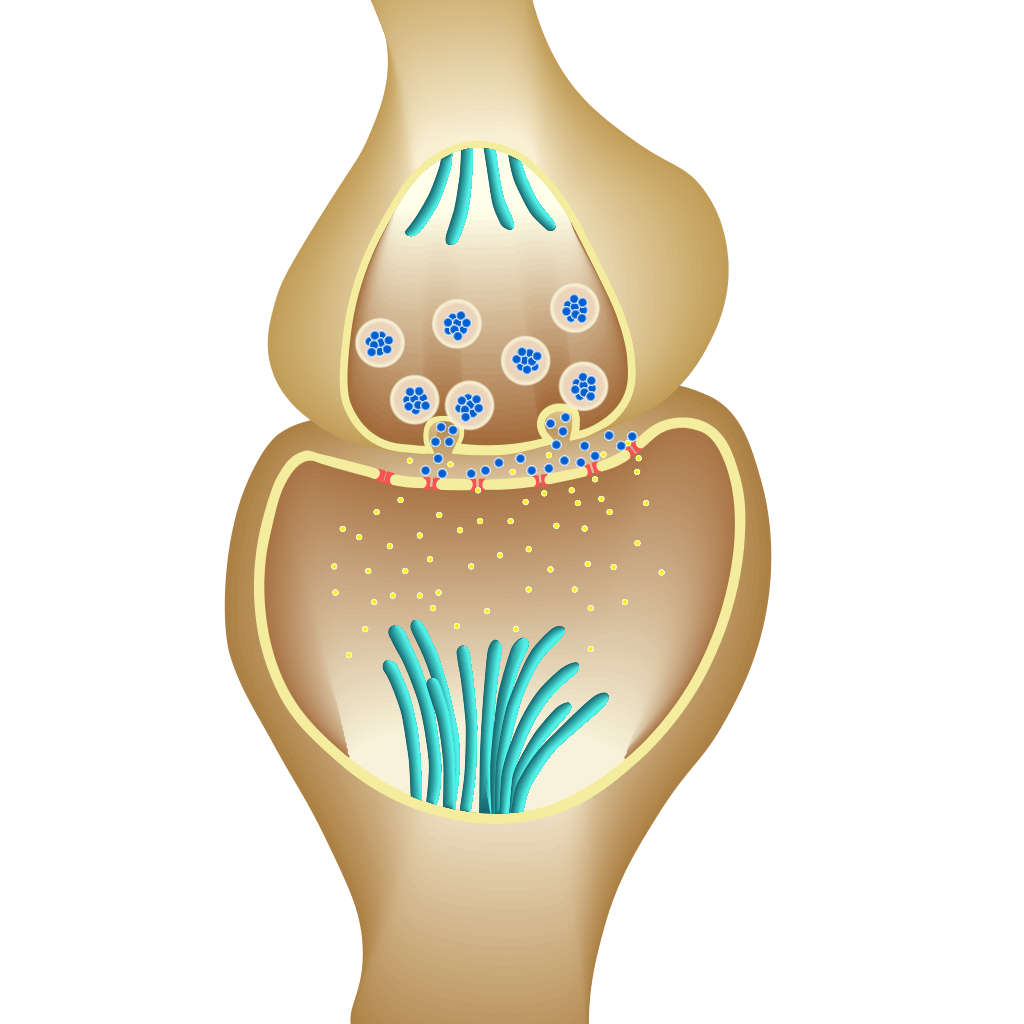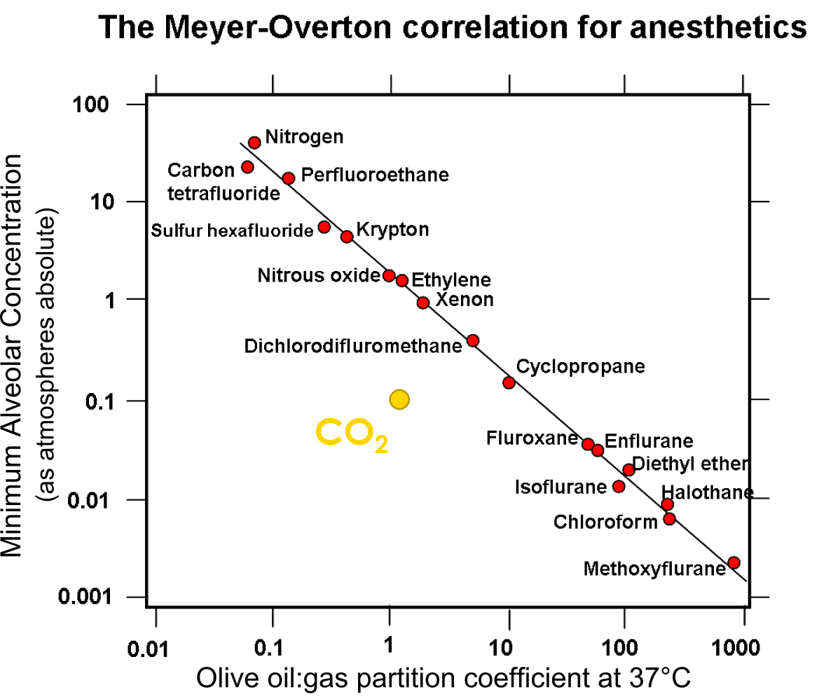Nitrogen Narcosis: Common knowledge
Even in the OWD, in every beginner’s course, something is taught about nitrogen narcosis. It doesn’t really play a role at the depths of up to 20m recommended for beginners: what you feel there can have nothing to do with real nitrogen narcosis. Nitrogen narcosis is caused by the high nitrogen partial pressures (pN2) to which one is exposed under water.
What is Nitrogen Narcosis?
“Wahwah”, Martini effect and diving inertia
The term nitrogen narcosis covers a whole range of things, from slight restrictions under water to really severe disturbances of consciousness. Whether this really has anything to do with depth is open to question. What do we mean when we talk about nitrogen narcosis??
The term “nitrogen narcosis” sounds like something we don’t want to experience under water. Anyone hearing about it for the first time usually has a lot of respect for it and waits for something very special to happen on the first deeper dives. It’s the same for some people: they don’t feel well, get scared and want to go back up. Others relax, perhaps even become slightly euphoric. Many don’t notice anything, but look at their computer very often – others don’t pay attention to anything at all. And this starts at different depths.
So there is not just one kind of nitrogen narcosis, but rather a range of manifestations, some of which start abruptly, others which merge seamlessly.
When we talk about nitrogen narcosis, we can roughly divide it into three different things:
Everyone becomes stupid under water: the diving reflex (a protective reaction of the body when submerged in water, for which we as land creatures are not actually made), cold, breathing, distraction – under water you are somehow different. This doesn’t just start at depth, but can contribute to things no longer being as clear and simple underwater as they are on the surface, even in the first few meters.
This is not actually a depth rush, but is sometimes referred to as such. However, we are less interested in these accompanying effects here, we are talking about the effect that nitrogen has at great depths.
Pleasant intoxication: The nitrogen narcosis is often not threatening at all, but rather a slight euphoria, everything is easy, everything is beautiful. A little “flirted”, which is why narcosis is sometimes referred to as the “Martini effect”. Most of the time, a nitrogen narcosis of this magnitude is about: does it still feel good, can you still react appropriately? Then you can enjoy it. Does it feel uncomfortable? Then just ascend as far as necessary.
“Wah-Wah”: Something completely different is the serious, often severe deep intoxication that can induce a potentially fatal incapacity to act. This is extremely unlikely at depths that would still be dived with air today – but there are reports of it.
Unfortunately, the individual manifestations cannot be clearly separated from one another. An actually quite pleasant high can suddenly change – whether, when and why this happens is not clear. Therein lies one of the dangers: If you feel too secure in the pleasant, light euphoria, you may simply miss the right moment for the ascent.
The depth rush in the recreational diving range up to 40m is usually a mixture of the fact that you are underwater and the influence of nitrogen. It is usually what limits the depth when diving with air. This limit is the most important issue to avoid more serious effects, but to understand it, it is worth looking at what happens when you are exposed to even higher pressures.
Symptoms of Nitrogen Narcosis
What is it in detail by which you can recognize a nitrogen narcosis? Every narcosis is different, but there are still some perceptions that repeat themselves.
We are not talking about a chain of symptoms that increase but occur in a predictable sequence – any one of them can start suddenly and without warning.
Difficulties concentrating: What seems obvious on land is complicated under water. Many people realize this when they try diving, some only later – but humans are optimized for thinking on land. This suffers somewhat under water, and really smart people suddenly can’t remember simple things.
This is probably due to the fact that attention wanes under water. In a measurable way: One of the “depth intoxication” studies actually discusses this very phenomenon (the “flat anesthesia study”, which will be discussed later).
Slight euphoria: Have you ever experienced that everything that was still a little tweaky on 20m was completely ok on 30m and no longer there at all on 40m? Have you ever been so happy and content down there that you didn’t actually want to ascend? Have you ever had the feeling that this dive is really great – but unfortunately you’ve already forgotten how much air you have left? Even though you just looked?
Then you had a slight nitrogen narcosis. The first sign of what we call “intoxication” and not just “being under water” is this lightness, this gentle euphoria.
Strong euphoria: at some point everything is really beautiful, the colors particularly intense, and this quiet singing in the ears…. Some behave visibly irrationally, no longer pay attention to boundaries or their buddy, so they are no longer the same divers they used to be. If something happens in this state, problem-solving skills may be significantly limited.
If you have the feeling that you want to stay forever, you have to go up. Now. Immediately.
Anxiety: The next step is anxiety, leading to slightly psychotic states. Music, sounds, the way up becomes infinitely long, you really want to go back up now…. It can get that far if you don’t show up at the first sign, but always want to go a little further. To a certain extent, many divers have already experienced this, especially “back in the day” when Trimix simply didn’t exist.
“Wah-Wah”: When the depths are really just too deep, everything is noisy and you don’t even know how you got back to the top – then you’ve encountered the “Wah-Wah”. Bob Raimo coined this term in a very personal report that is well worth reading.
Absence: Very occasionally there are reports that divers are really “absent” for a moment. You are no longer aware of anything, you are not unconscious, but you really can’t do anything. This is only known from stories, there is no scientific explanation – but at least the legendary Sheck Exley reported on it, as did a few others.
Blocked synapses
We know a lot about what a nitrogen narcosis feels like and what symptoms are associated with it. What is less clear is how exactly it actually comes about.
The nitrogen narcosis is probably a problem of information transmission. On the one hand, electrical impulses play a role in our nervous system. However, something very exciting happens at the contact points between the nerve cells, the so-called synapses. Here, a narrow gap, the so-called synaptic cleft, must be bridged between the cells. At this point, chemical signal transmission with special substances, the neurotransmitters, which have suitable “docking sites” (receptors), is particularly important. If this system of information transmission is disturbed, becomes confused and, for example, the flow of neurotransmitters changes, information is no longer transmitted correctly. This seems to be caused by the nitrogen under high pressure.

The exact reason for this has not been conclusively clarified. We know from studies on anesthetic gases in medicine that there is a correlation between fat solubility and the anesthetic effect of gases, the Meyer-Overton correlation. Those gases that have a narcotic effect even at low pressures tend to be highly soluble in fat. An explanation for the anesthetic effect based on this is therefore known as the Meyer-Overton hypothesis: according to this, the anesthetic effect of gases would be linked to their fat solubility.
What could be the connection? The nerve cells and thus also the connections between them, the synapses, are surrounded by fatty layers. If dissolved gas accumulates in these areas, it could change these layers sufficiently to interfere with signal transmission.
Although this hypothesis is now considered outdated and it must at least be assumed that there are other factors besides fat solubility, this mechanism may well play a role. However, it is now assumed that other more complex processes specifically affect different receptors and alter signal transmission in different ways. Sufficient solubility in fatty tissue would therefore be a kind of precondition for a gas to have an anesthetic effect, which explains the Meyer-Overton correlation, but this in itself is no guarantee of an anesthetic effect of the gas.
For example, changes in dopamine levels (dopamine is one of the neurotransmitters) can be detected in rats, and a number of research approaches are being used to understand the exact ways in which nitrogen can have an influence. Some ideas come from knowledge about anesthetic gases, and results can be interesting for anesthesia, which is why research is definitely being conducted in this direction.
However, no one has yet found a really clear, simple and unambiguous explanation, so that nitrogen anesthesia still cannot be conclusively explained. So we have to be satisfied with what can be observed and leave brain chemistry as a mystery for the time being.

